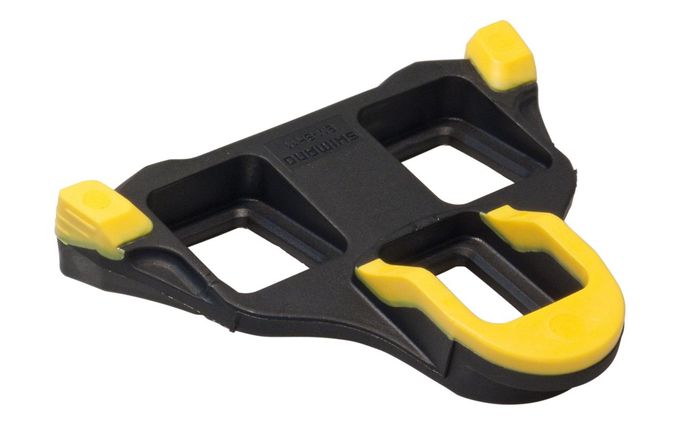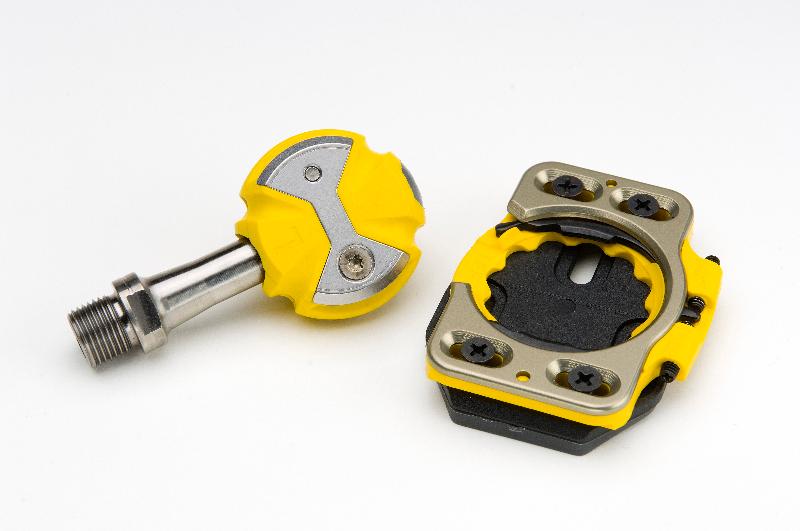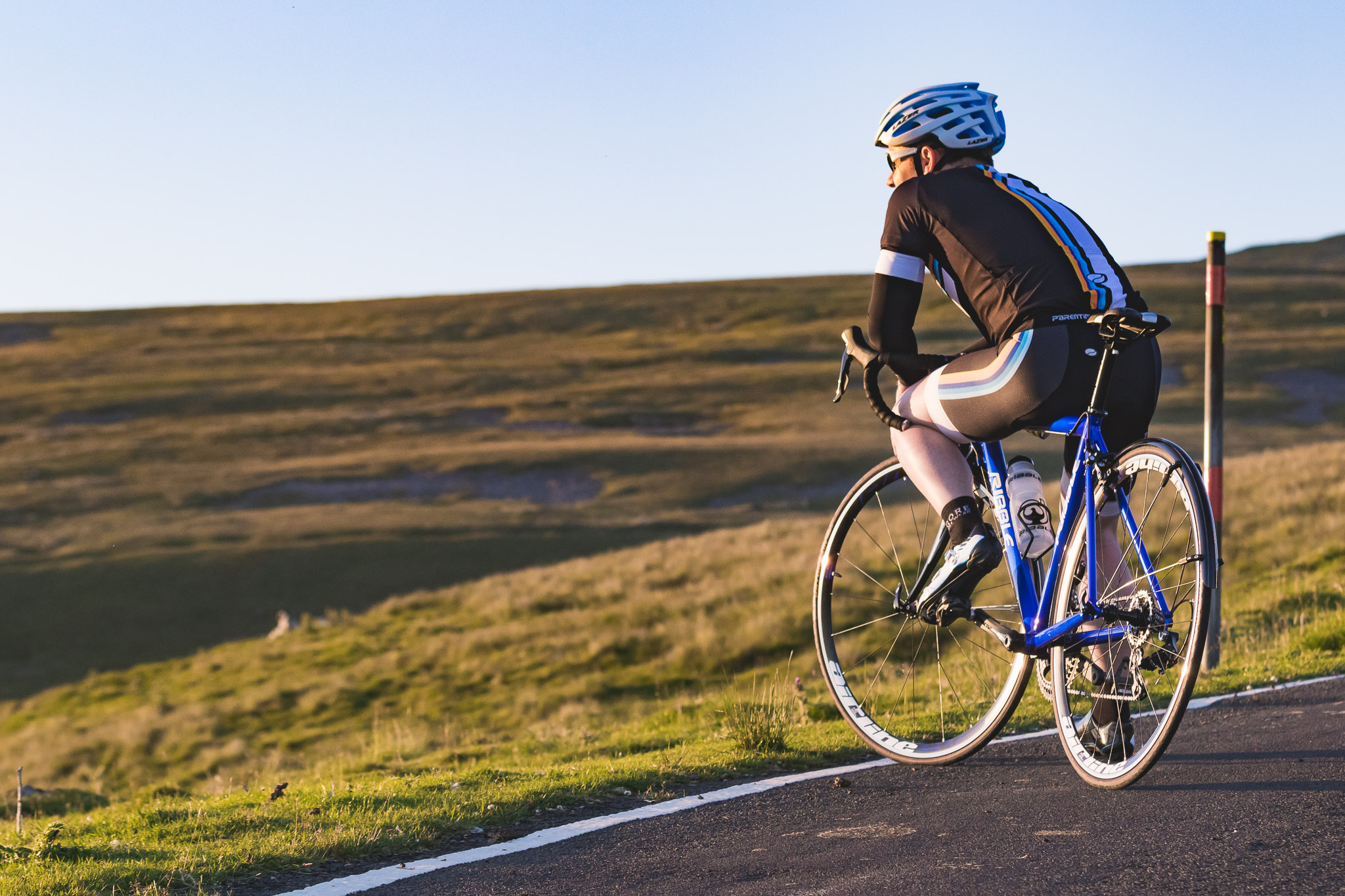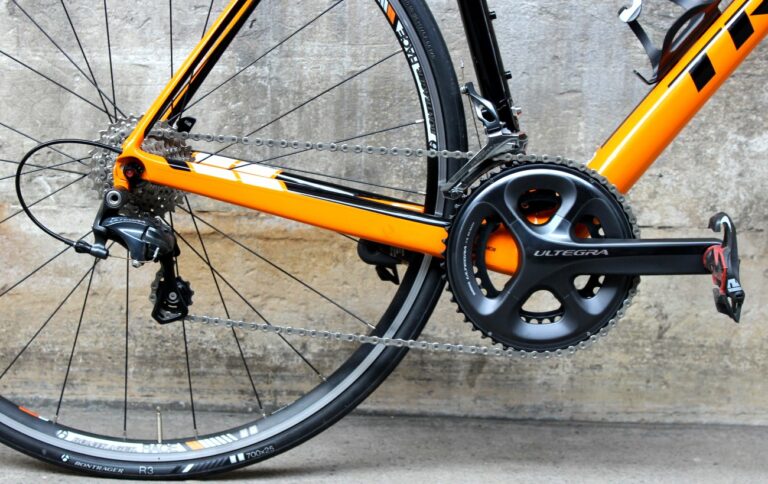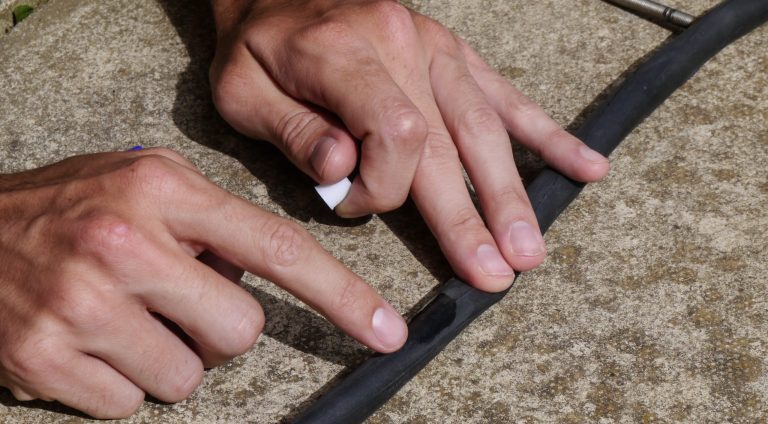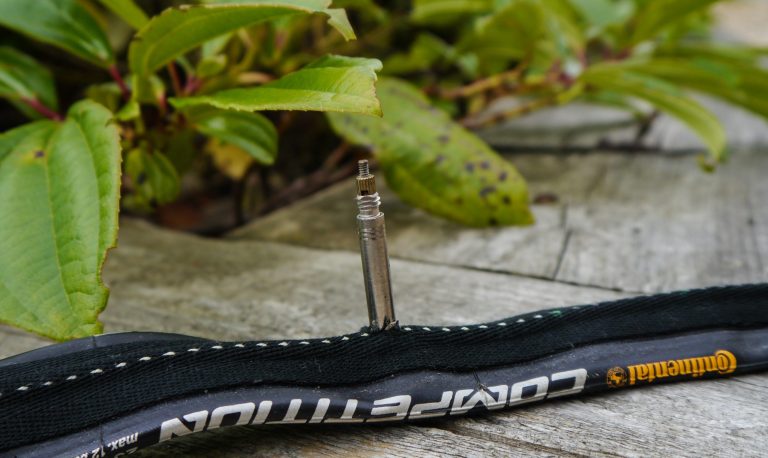For beginners, the idea of locking your feet into the pedals of a bike seems like madness, but it has a number of advantages, and it’s for good reason that almost all road cyclists use clipless pedals.
The term ‘clipless’ confuses a lot of people who aren’t indoctrinated into the way of the bicycle, especially when seasoned riders talk about ‘clipping in’. The name clipless comes from the fact that you can do away with the toe clips (or straps) employed by Coppi, Merckx, Anquetil et al in favour of a cleat binding system that locks the bottom of the shoe to the pedal, inspired by the way skis boots bind to skis (LOOK, who invented clipless pedals, were already making ski boots when the idea of taking that system to cycling was dreamt up).
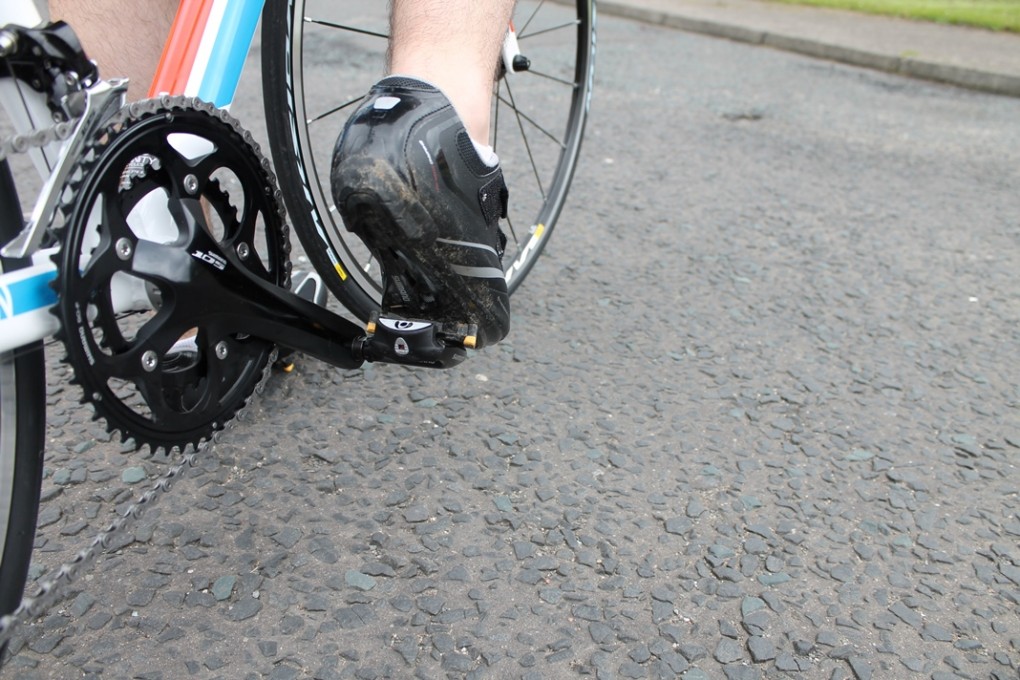
Why use clipless pedals? There are two primary reasons. The first is that it’s very comfortable. Anyone whose tried to ride a road bike hard using flat pedals will know that your feet tend to slip around, meaning you have to reposition them every now and then.
If your feet are attached to the pedals, they stay put. This also helps with handling, descending and all sort of other tasks on a bike where it’s easier to not have to think about keeping your feet on the pedals.

